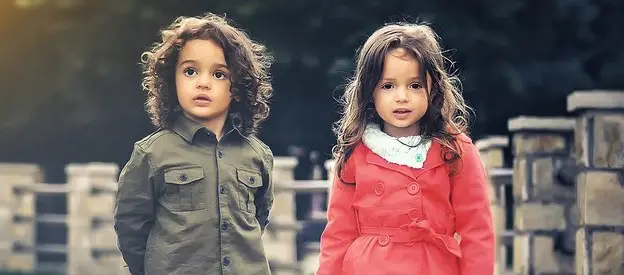If the BBC Series 10 Heir Hunters is of interest to you or you have been investigating family history research, then you may well have heard terms such as second cousin once removed.
Whilst you may be familiar this this term, what exactly does it mean and how can it help you make sense of your own family tree?
Anyone who has ever taken on family history research will know that as you begin to go back through the generations, it soon becomes difficult to keep track of all the different branches (or stems as they are often referred to) of your family tree.
This applies particularly to the generations years and years ago, when families tended to be much larger. Chances are, that if you go back to your great-grandparents and beyond, you will encounter people with lots of brothers and sisters.
Weddings, funerals, anniversaries and special birthdays – such as a great-grandmother’s centenary celebration – these kinds of celebrations often bring together extended families; the cousins, the cousin’s children and their grandchildren and more. Different family members will choose to stay in touch with different branches of the family. Perhaps one set of siblings will stay in touch, and their children will then form close relationships with each other, and then their children in turn will keep that relationship up.
Or maybe they won’t – maybe the once-close cousins will drift apart, as families do, the years go by and families lose the knowledge of who is who exactly and who they happen to be are related to.
Here at Finders, we uncover the above set of circumstances all the time. It’s our job to locate the missing beneficiaries to an estate, and when we do we are often able to describe relationships to families which they didn’t have any previous knowledge or awareness of. Most of the time, we find that a further understanding of someone’s own family tree is very welcome.
So much for the reasons why it’s tricky to keep track of a family tree – and back to the second cousin once removed status. Take an imaginary great-grandmother, Bridget Murphy for example, who had two children Patrick and Mary, who both had children. Patrick and Mary’s children are cousins. Those cousins’ children (with the common ancestor Bridget Murphy) are second cousins. Their children are second cousins once removed.
The trick to working all of this out (and as the years go by, it does start to become very confusing) is to work from the common ancestor – in this case Bridget Murphy. One issue to look out for is that in old letters and diaries, people often use the term cousin in a generic kind of way – referring to anyone in the extended family. When Great-Grandmother Bridget Murphy writes in a letter about her Cousin Roisin, she might mean the daughter of her uncle or aunt – or she might be referring to the child of her own cousin.
The same issue applies to the use of the words aunt and uncle, which were often (and still are to this day) applied to close friends of a family. You might find yourself heading down a rabbit hole.
To help you figure out your own family tree relationships, this family tree relationship chart will help. And remember that as well as finding the rightful beneficiaries to an estate and locating missing wills, Finders can help you with your own family tree research.


